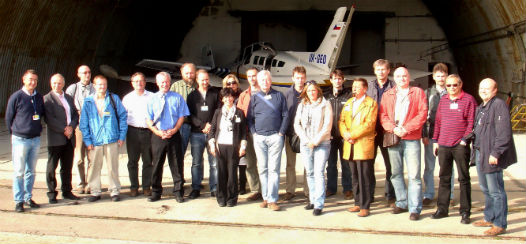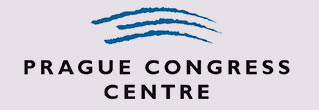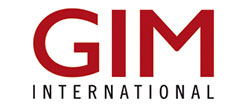Hosts
ISPRS
The International Society for Photogrammetry and Remote Sensing is a non-governmental organization devoted to the development of international cooperation for the advancement of photogrammetry and remote sensing and their applications.
The Society's scientific interests include spatial information sciences as well as photogrammetry, remote sensing, spatial information sciences and related disciplines, as well as applications in cartography, geodesy, surveying, natural, Earth and engineering sciences, as well as environmental monitoring and protection. Further applications include industrial design and manufacturing, architecture and monument preservation, medicine and others.
The principal activities of the Society are:
- Stimulating the formation of national or regional Societies of Photogrammetry, Remote Sensing and Geospatial Information Sciences.
- Initiating and coordinating research in photogrammetry, remote sensing and spatial information sciences.
- Promoting cooperation and coordination with related international scientific organizations.
International organizational Activities:
ISPRS's role in promoting international cooperation for the advancement of photogrammetry, remote sensing and spatial information sciences has expanded significantly over the past years. ISPRS is associated with many organizations such as the United Nations (e.g. COPUOS, OOSA, UNESCO), UN related organizations (e.g. ICSU) and other organizations (e.g. JBGIS, GEO, CEOS, IAA, ISO and OGC).
Czech Society for Photogrammetry and Remote Sensing
The Czech Society for Photogrammetry and Remote Sensing (SFDP) is an interest group of professionals engaged in photogrammetry, remote sensing, laser scanning and geographic information systems. The Society was founded as the Czechoslovak Photogrammetric Society by the pioneers of photogrammetry from the Czech Technical University in Prague and the Technical University in Brno in 1930.
The members of the Society are involved in many various projects connected with state mapping, many Geographic Information Systems of the whole country or of local areas. Various applications spread photogrammetry throughout the disciplines of medicine, sport, culture heritage, traffic accident investigations etc.
One example of an entire country project is of the new hypsometry project of the Czech Republic (2012-2015) based on airborne laser scanning (processed into the 5×5 m grid model, TIN high accuracy DTM, and digital surface model). It belongs to the latest activities. Large private companies are equipped with terrestrial laser scanners and mobile mapping systems allowing 3D historical monument models, street house facades, and 3D data measurement of motorway sections.

Czech Technical University in Prague
CTU provides high-quality university education through an extensive portfolio of primarily engineering branches of study, conducts basic and applied research and numerous scientific projects with great emphasis on industrial use and applications. We cooperate closely with both domestic and foreign-based institutions.
CTU educates dynamic future experts, scientists and managers who will be flexible in adapting to the requirements of the market.
The Czech Technical University in Prague was established on the initiative of Josef Christian Willenberg, on the basis of a foundation deed signed by Emperor Joseph I and dated 18 January, 1707.
In the 2012/2013 academic year, about 24 000 students studied at CTU, and about 1,500 academic workers taught and carried out research at the university.
Prof. Ing. Václav Havlíček, CSc. – Previous Rector of CTU said:
„In future, CTU in Prague will continue to focus on developing personalities who will become leaders in various fields of technology. Due to the university’s extensive scientific and research activities with industrial applications, in cooperation with universities all over the world, our graduates are sure to find a wide range of offers in the employment market”.

























